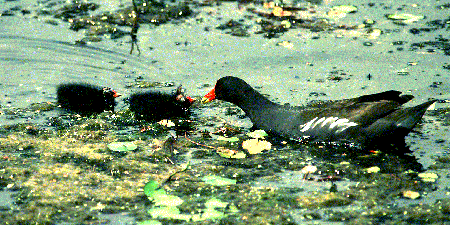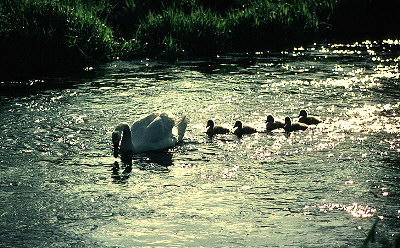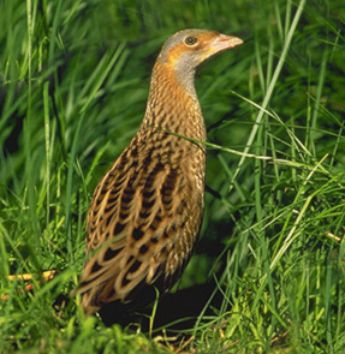Most of our larger animals can be found throughout the Shannon
system, since they are not restricted to any one habitat. Big animals are
mainly found at night, when all is quiet to hunt, or even in the early morning.
However, the insects prefer warm sunny days in spring or summer. Bees
and wasps sleep the winter away like the hedgehog, toads, frogs
and snakes, but come out again in the spring and summer. Badgers,
bats and foxes come out at night. These are known as nocturnal
animals. Hedgehogs prefer long grass and ditches. These mammals
are common throughout the Shannon system. They are well protected with their
spines on their back for defence. The rabbit, hare, squirrels, otters,
stoats, rats and deer are common too but sometimes easier heard
than seen. All the animals near the Shannon may be rare or widespread, but
each with their own personalities to fend in the wild. The otters and
stoats are water mammals and very quick swimmers; they have long sleek
bodies and padded webby feet to enable them to swim quickly. Fallow deer
are seen in L.Key Forest Park in Boyle. Even there, they are quite rare, but
are protected in the park. Squirrels are very shy, with a big bushy
tail and feet with claws, that enable them to clutch nuts and pine cones.
They are mostly found in deciduous forest, but if you are lucky, many evergreen
forests may have red squirrels. However, the grey squirrels drive them
out of their home and the grey squirrel is very demanding and cheeky. Grey
squirrels have more power over their shy cousins. Foxes and badgers
are not loved by farmers, since they kill poultry and other animals around
the farm. The fox is very sly and has a good sense of smell. Our smallest
mammal, the pygmy shrew, die within a few months, if they don't keep
eating, and the winter months get too cold. Also, our insects are plentiful
everywhere- butterflies, dragonflies, mayflies, snails, mussels and
leeches, the list is endless.



